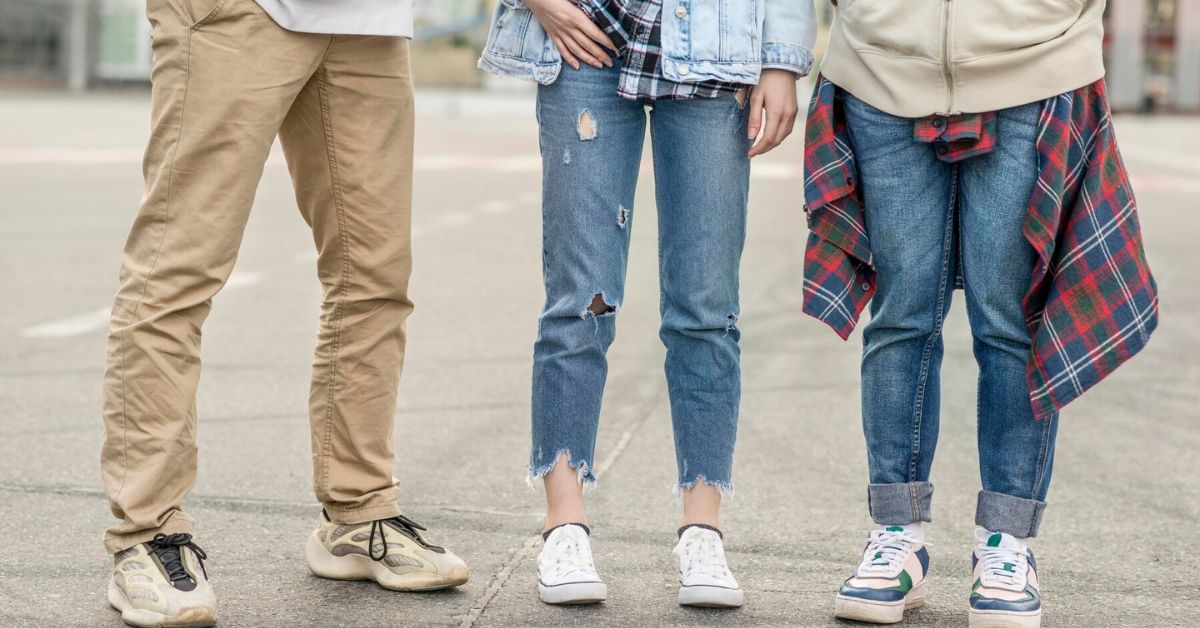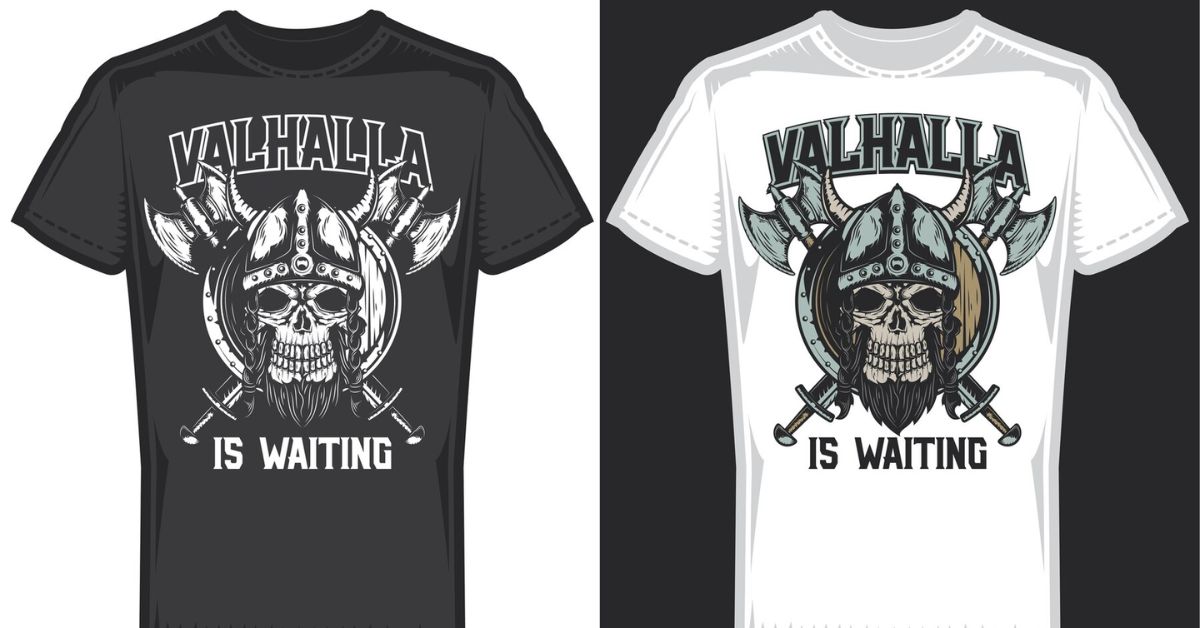In the dynamic realm of fashion, the information society band in fashion magazine article in a transformative era. The integration of digital technology into every facet of fashion—from design and production to marketing and retail—has reshaped the industry in unprecedented ways. This article delves into how the Information Society is influencing the fashion world, exploring the intersection of technology and style.
The Evolution of Fashion in the Information Society
Fashion has always been a reflection of its time. From the industrial revolution, which introduced mass production, to the digital age, technology has continuously influenced how fashion is created and consumed. The Information Society marks a significant shift, characterized by rapid advancements in digital technology and information sharing. Key milestones include the advent of online shopping platforms in the late 1990s, the rise of social media in the 2000s, and recent developments in virtual and augmented reality. Each of these milestones has contributed to the evolution of fashion, making it more accessible and interactive.
YOU MIGHT ALSO LIKE: Developsearcher.site: Unveiling the Power of Efficient Search
How Technology Influences Fashion Design
Computer-Aided Design (CAD) has revolutionized fashion design, allowing designers to create intricate patterns and visualize their creations with precision. CAD tools enable faster prototyping and greater experimentation, pushing the boundaries of traditional design. Technology has also advanced fabric innovation, leading to the development of smart textiles and performance fabrics. These materials can monitor health metrics, adapt to environmental conditions, and offer enhanced comfort and functionality.
The Rise of Virtual Fashion Design
Virtual fashion design tools have emerged, allowing designers to create and showcase their collections in a digital space. This not only reduces the need for physical samples but also opens new avenues for creativity and collaboration.
The Impact of Social Media on Fashion Trends
Social media has become a powerful tool in shaping fashion trends. Platforms like Instagram, TikTok, and Pinterest allow users to share and discover new styles, turning everyday users into trendsetters. Influencers play a crucial role in driving fashion trends. By showcasing brands and styles to their followers, they create a ripple effect that can quickly elevate a new trend to mainstream popularity. Social media has democratized fashion, breaking down traditional barriers between designers and consumers. Now, anyone with an online presence can influence fashion trends and participate in the fashion conversation.
E-Commerce and the Fashion Industry
E-commerce has transformed the fashion retail landscape, making it easier for consumers to shop from anywhere at any time. Online shopping platforms have become essential for fashion brands, offering convenience and a wider reach.
Strategies for Fashion Brands in E-Commerce
Successful fashion brands employ various strategies to enhance their online presence, including targeted marketing, personalized recommendations, and seamless user experiences. Data analytics plays a significant role in optimizing these strategies.
Data analytics helps fashion brands understand consumer behavior, predict trends, and make informed decisions. By analyzing purchase patterns and browsing data, brands can tailor their offerings and marketing efforts to better meet customer needs.
Virtual Reality and Augmented Reality in Fashion
Virtual Reality (VR) and Augmented Reality (AR) have introduced new dimensions to fashion shows, allowing audiences to experience collections in immersive ways. These technologies enhance the viewer experience and expand the reach of fashion events.
Virtual fitting rooms enable customers to try on clothes virtually, reducing the need for physical fitting and minimizing return rates. This technology improves the shopping experience by providing a more accurate fit and style preview.
The potential for VR and AR in fashion is vast, with possibilities including virtual fashion weeks, interactive shopping experiences, and digital fashion collaborations. As these technologies advance, they will continue to shape the future of fashion.
Sustainable Fashion in the Information Age
Technology plays a crucial role in promoting sustainable fashion by enabling more efficient production processes and reducing waste. Innovations such as 3D printing and digital fabric printing contribute to more sustainable practices.
Advancements in material science have led to the development of eco-friendly fabrics, such as recycled polyester and organic cotton. These materials offer sustainable alternatives to traditional textiles.
Brands like Patagonia, Stella McCartney, and Reformation are leading the way in sustainable fashion, incorporating eco-friendly practices into their production processes and product lines.
The Role of Artificial Intelligence in Fashion
Artificial Intelligence (AI) is transforming fashion design and manufacturing by automating processes and generating new design ideas. AI tools can analyze trends, create patterns, and even suggest color palettes. AI enhances the shopping experience by offering personalized recommendations based on user preferences and browsing history. This level of personalization helps consumers find styles that match their tastes.
Predictive Analytics for Trend Forecasting
AI-powered predictive analytics tools forecast fashion trends by analyzing data from various sources, including social media and sales figures. This allows brands to stay ahead of trends and make strategic decisions.
Fashion Blogging and Influencer Culture
Fashion bloggers and influencers have become key players in the fashion industry, offering authentic and relatable style inspiration. Their influence extends to brand partnerships, collaborations, and trend-setting.
How Influencers Shape Fashion Trends
Influencers often set trends by showcasing new styles and brands to their followers. Their endorsements can rapidly shift consumer preferences and drive demand for certain products. Influencer marketing has become a significant revenue stream for both influencers and brands. Successful campaigns can lead to increased sales, brand awareness, and a loyal customer base.
Digital Fashion Shows and Events
The COVID-19 pandemic accelerated the shift to digital fashion shows, allowing brands to reach global audiences virtually. Digital shows offer greater flexibility and creative possibilities.
Benefits and Challenges of Virtual Fashion Events
Virtual fashion events provide accessibility and inclusivity but also present challenges, such as technical issues and maintaining the excitement of live shows. Balancing these factors is crucial for successful digital events.
Notable digital fashion shows include Balenciaga’s virtual presentation and the first digital-only fashion week hosted by the Council of Fashion Designers of America (CFDA). These events showcase the potential of digital platforms in fashion.
Challenges Faced by the Fashion Industry in the Digital Era
With the increase in digital transactions and data sharing, cybersecurity has become a critical concern for the fashion industry. Brands must protect customer data and prevent cyber-attacks.
Data Privacy Issues
Data privacy is another challenge, as fashion brands collect and store large amounts of personal information. Ensuring compliance with privacy regulations and maintaining consumer trust are essential.
The rapid pace of digital transformation requires fashion brands to adapt quickly. This involves investing in new technologies, training staff, and rethinking business models to stay competitive.
The Future of Fashion in the Information Society
The future of fashion will likely be shaped by emerging technologies, such as blockchain for supply chain transparency and advanced AI for design and production. Staying informed about these developments is crucial for industry professionals.
Predictions include greater integration of technology in everyday fashion experiences, increased focus on sustainability, and continued growth of digital platforms. The fashion industry will continue to evolve alongside technological advancements.
The relationship between information society band in fashion magazine article will become increasingly intertwined, with technology driving innovation and fashion reflecting the latest digital trends. This synergy will define the future of the industry.
Conclusion
The Information Society has profoundly impacted the fashion industry, driving innovation and transforming how fashion is designed, marketed, and consumed. As technology continues to advance, the fashion world will undoubtedly keep evolving, offering exciting new possibilities for designers, brands, and consumers alike.
FAQs
How has social media changed the fashion industry?
Information society band in fashion magazine article democratized fashion, allowing influencers and everyday users to shape trends and reach wider audiences. Platforms like Instagram and TikTok play a significant role in trendsetting and brand promotion.
What role does AI play in fashion design?
AI assists in fashion design by automating processes, generating design ideas, and predicting trends. It also enhances personalized shopping experiences and improves manufacturing efficiency.
How do virtual fitting rooms benefit consumers?
Virtual fitting rooms allow consumers to try on clothes digitally, offering a more accurate fit preview and reducing the need for physical fitting and returns.
What are some examples of sustainable fashion brands?
Brands like Patagonia, Stella McCartney, and Reformation are known for their commitment to sustainable practices, including the use of eco-friendly materials and ethical production methods.
What challenges does the fashion industry face in the digital era?
Challenges include cybersecurity threats, data privacy concerns, and the need to adapt to rapid technological changes. Brands must address these issues to thrive in the digital landscape.
READ MORE: CLICK HERE





